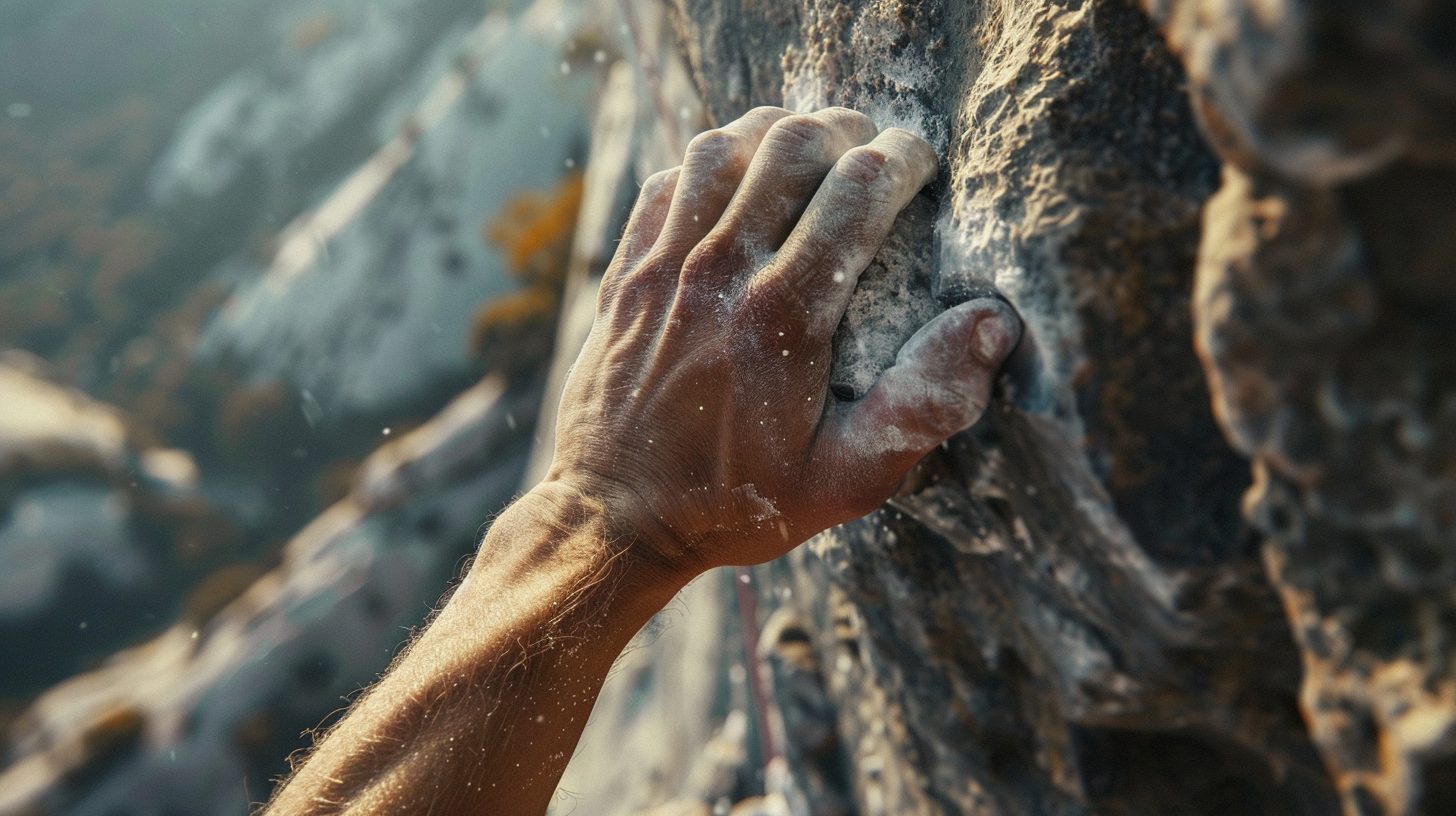2,000 feet above the Yosemite Valley floor, clings to the side of El Capitan, his fingertips and toes finding grip on the tiniest of ledges. The sheer granite face stretches out before him, a vertical maze of cracks and crevices. No ropes, no safety net.
Just Alex, alone on the wall.
Most would be paralyzed by fear at this point, but not Alex. He feels something else entirely, a sense of hyperfocus, of total absorption in the task at hand. His mind is quiet, his movements fluid and precise. The rest of the world fades away until there is only the rock, his body, and the next move.
This is eustress and flow in action.
Eustress is the "good" stress we feel when facing a challenge just beyond our current abilities. It is the uncertain feeling that ignites growth and pushes us forward. It's the adrenaline rush of a looming deadline, the nervous energy before a big pitch, and the excitement of venturing into our unknown.
When we step into the "eustress zone," we open the door to flow, a state of optimal experience where our skills are perfectly matched to the challenge at hand. In flow, we perform at our peak, our minds and bodies working in perfect synchronicity. Time seems to stand still and the impossible suddenly becomes achievable. Hours melt away, distractions ignored, and a magical focus sweeps over us. You've been there!
As a leader, you can create an environment that nurtures eustress and flow, not just for yourself but for your entire team. The key is finding that sweet spot of challenge, the Goldilocks zone where the task is neither too easy nor too hard, but just right.
Research backs up the benefits of eustress and flow in the workplace. A study by the Flow Genome Project found that employees who frequently experience flow are more productive and creative, and report higher levels of well-being and job satisfaction. They're more likely to stay with their company and less likely to burn out. But eustress and flow aren't just about boosting the bottom line. They're about tapping our innate desire for growth and mastery. As Mihaly Csikszentmihalyi, the father of flow theory, puts it, "The best moments in our lives are not the passive, receptive, relaxing times… The best moments usually occur if a person's body or mind is stretched to its limits in a voluntary effort to accomplish something difficult and worthwhile."
So, how can you bring more eustress and flow into your work and life? Here are three things to keep in mind -
1. Seek out challenges that push you beyond your comfort zone. Take on that stretch assignment at work, sign up for that intimidating fitness class, or learn a new skill that makes you feel like a beginner again. Discomfort is the price of admission to personal growth.
2. When delegating tasks, aim for that eustress sweet spot. Give your team members assignments that will make them stretch and grow, but not so far that they snap. Regular check-ins and adjustments can help ensure you're hitting the mark.
3. Create the conditions that allow for deep concentration and engagement. That might mean designating "focus hours" free from meetings and interruptions, breaking big projects into manageable chunks, or providing regular feedback and recognition. Small tweaks to the work environment can make a big difference in fostering flow.
Achieving eustress and flow is also about letting go of the tasks that no longer serve you. As you grow and develop as a leader, you may find that certain aspects of your work have become mundane or uninspiring. These are the tasks that sap your energy and pull you away from the eustress zone. You must to be willing to delegate or automate the work that doesn't engage you. This might mean handing off routine tasks to a team member, investing in new tools or software to streamline processes, or simply saying no to projects that don't align with your goals and values.
By clearing your plate of the boring and mundane, you create space for the challenges that truly light you up. You give yourself permission to spend more time in the eustress zone, tackling the problems that push you to grow and develop as a leader. As you model this behavior for your team, you create a culture that values growth, creativity, and peak performance. You start inspiring others to find flow, to push past their comfort zones and discover what they're truly capable of.
Lean into that which scares you a little, delegate the tasks that drain you, and never stop seeking out the experiences at the edge of your capabilities.

